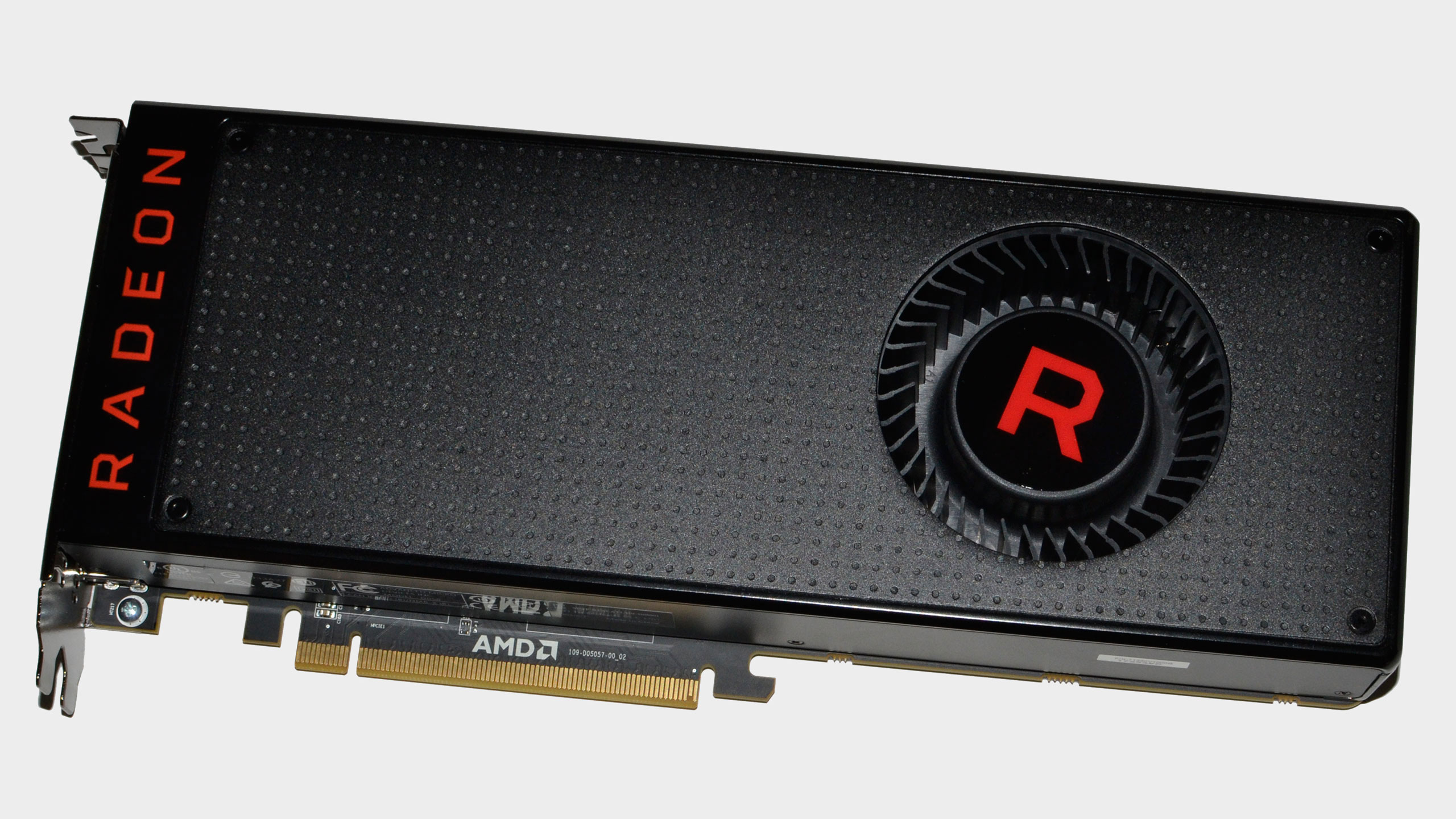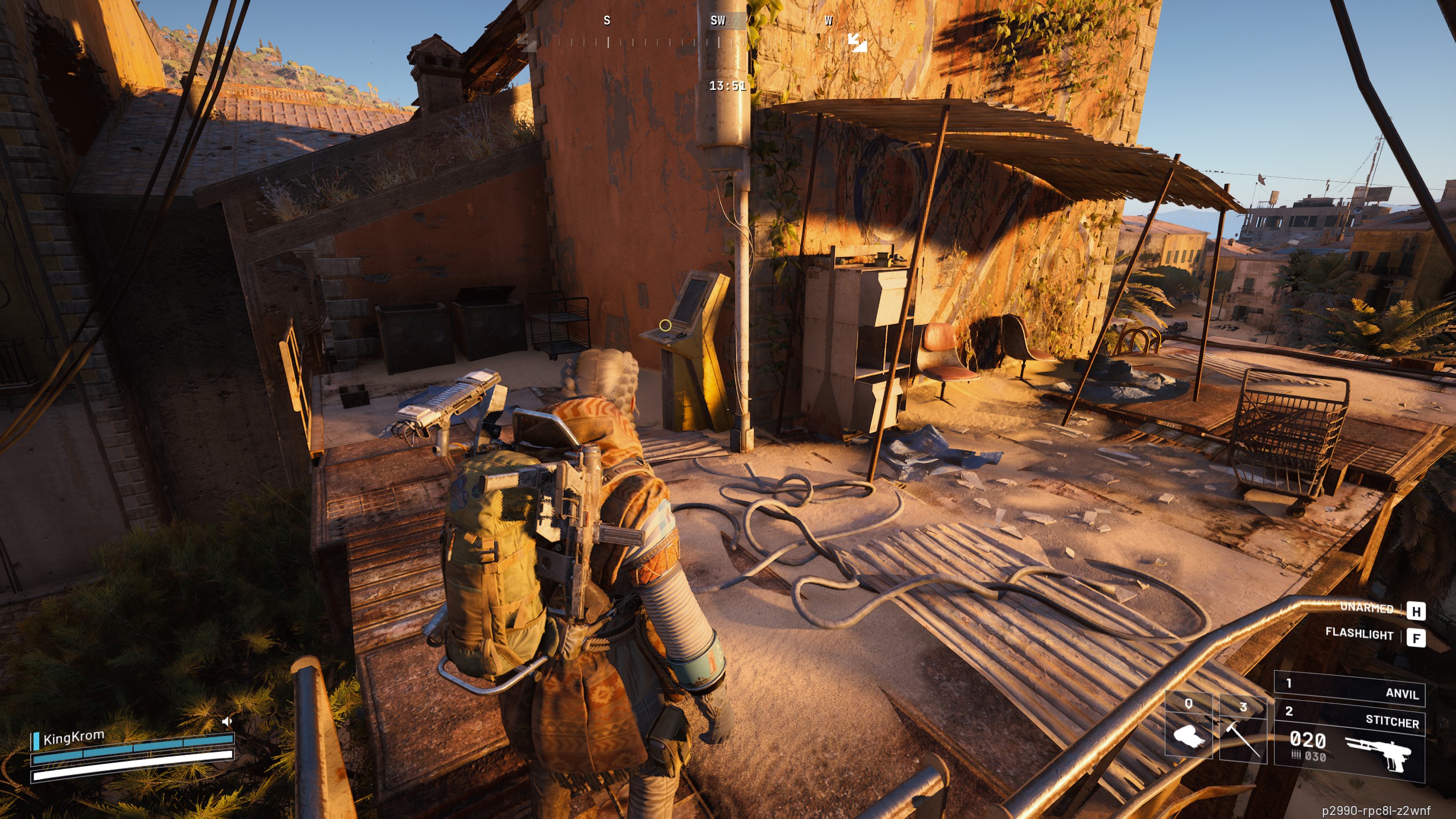AMD’s pre-RDNA graphics products are ready to be put out to pasture as active driver support winds down

It’s a given that graphics card vendors will fully support their products long after they disappear from store shelves. But for how long? Not that long apparently, if you’re using a Polaris or particularly Vega-based graphics card or APU based on the Graphics Core Next-series of architectures.
Our sister site Anandtech reported that AMD is reducing driver support for pre-RDNA products. New driver releases will include things like security updates and bug fixes, but big ticket items like feature additions and performance optimizations are far less likely from this point on.
It’s common practice for GPU vendors to reduce driver support over time before they are relegated to legacy status and all driver development stops. AMD isn’t doing that, thankfully! It plans to release important fixes and updates as required, but the concern here is the timeframe and relatively high market share of GCN 4 and GCN 5 products.
It’s not all that surprising to see AMD deprioritize GCN 4 products over seven years after they went on sale. But to use the RX 580 as an example, it remains popular and it has a relatively large market share—for AMD anyway. According to the latest Steam Hardware Survey, the Polaris based Radeon RX 580 is still the highest ranking AMD discrete GPU. They’re going to be found inside gaming rigs for years to come and it’s unknown whether cards from this generation will get optimizations for top-tier games like the just announced Grand Theft Auto 6.
AMD’s discrete Vega cards didn’t sell too well compared to their Nvidia competitors, but GCN 5 lived on for years in integrated GPU form. Products with Vega graphics were released until as late as 2021, and some 5000G-series APUs are still on sale today. These users can feel a little hard done by.
It’s not the end of the road for Polaris and Vega gamers. Whatever game you’ve been enjoying will continue to work as it does now, but without active driver development, it’s pretty much a ‘what you see is what you get’ kind of situation. GCN cards and APUs already struggle with the latest titles unless you turn down image quality settings anyway, but if you’re hoping to hold out for any length of time and play new titles coming in 2024 or beyond, you have another reason to start thinking about an upgrade.




